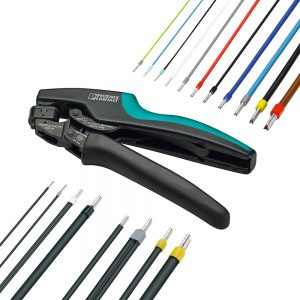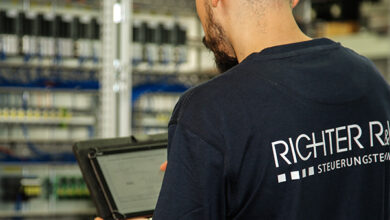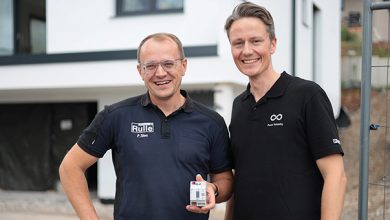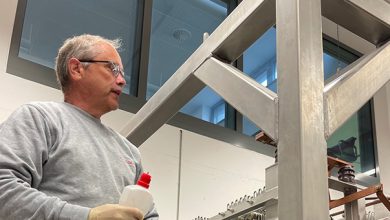Daniel Diekmann is a professional. Before starting at Phoenix Contact, the Marketing Manager completed an apprenticeship in the electrical trade. He briefly summarizes the essential features of the Crimpfox Duo 10.
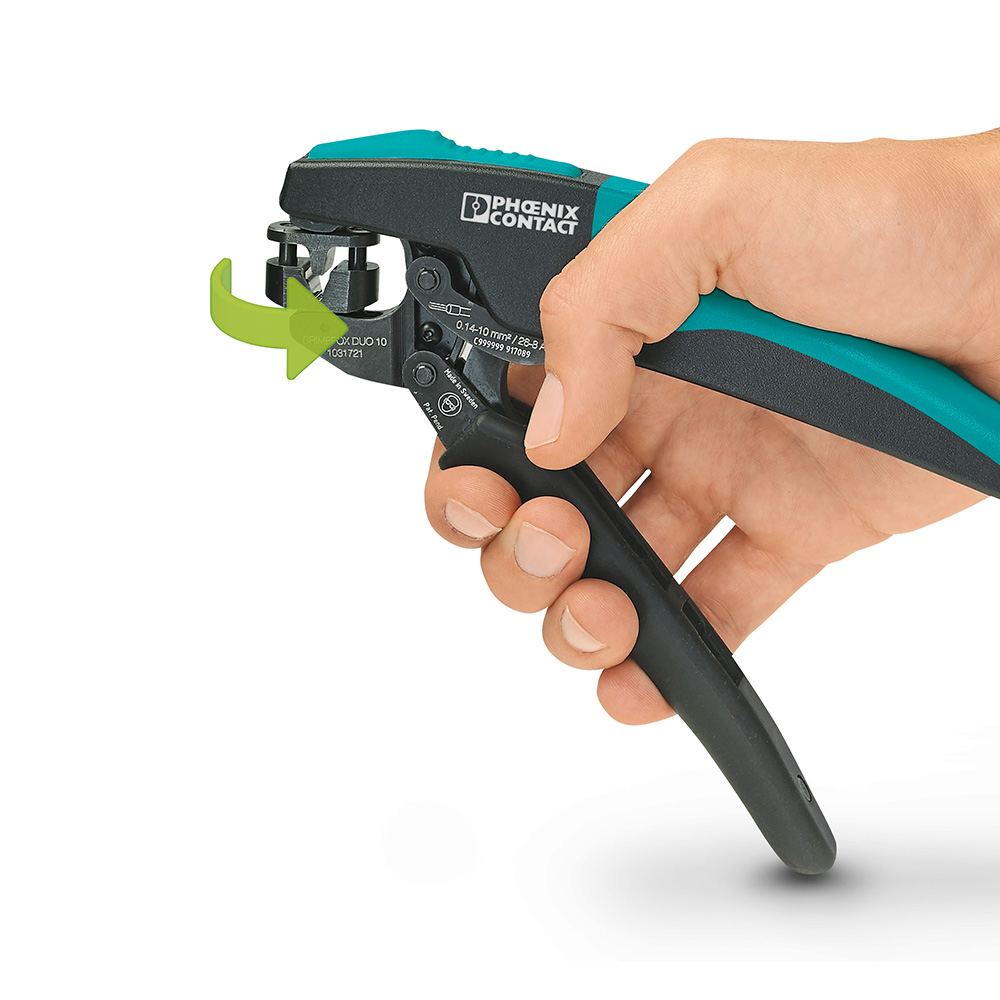
- The rotating die, which is also patented in parts, is fundamental. In addition, the lower half of the die has a special corrugation which significantly increases the pull-out forces on the ferrule.
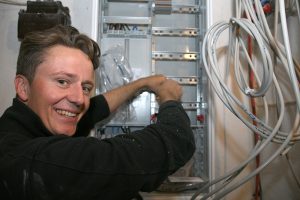
- The die automatically adjusts itself to the cable cross-section used, meaning that work can be carried out quickly even with changing cable thicknesses.
- The low weight and compact design are important for everyday use. The Crimpfox Duo 10 is around 40 percent lighter than standard crimping tools.
- The hand force progression is optimized and is even sufficient when operated by people with smaller hands. The greatest amount of force is achieved when the operator’s hand is half-closed; that is to say, at the phase in the natural gripping movement where the hand automatically reaches its greatest strength. This facilitates fatigue-free working.
- The pliers only open again once they have been fully pressed through. This pressure lock ensures a minimum error rate, since the crimping process always has to be fully completed.
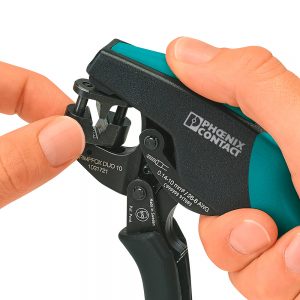
Diekmann responds to the criticism on the limitation of the maximum cable cross-section. “The Crimpfox Duo 10 works in a cable cross-section range from 0.14 to 10 mm². This was a deliberate decision, because if the range of cable cross-sections with universal pliers becomes too large, you will only ever achieve a compromise in terms of crimping that is not satisfactory. This would result in very small and very large cross-sections not being connected to the ferrules ideally. And the task of creating an electrically long-term stable connection is not reliably fulfilled. One more word about the robustness of the Wirefox 10: The pliers can withstand rough handling with dust, dirt, and small stones, because that is exactly what their mechanism was designed for. It was developed by professionals, for professionals – and is not too good for any construction site.”
